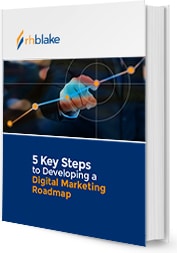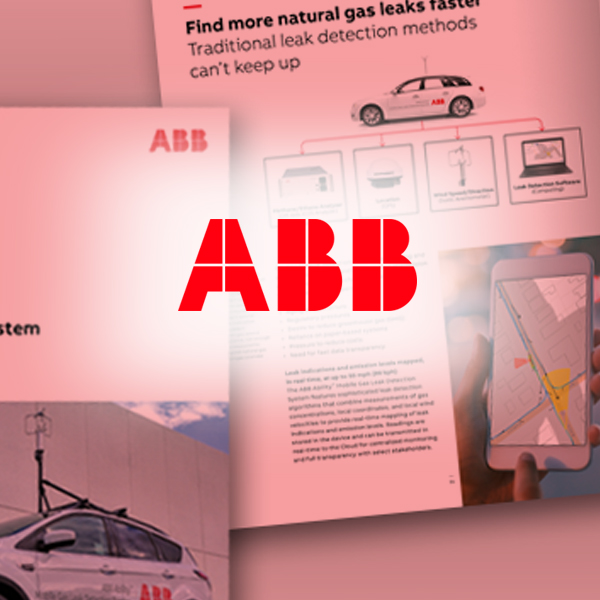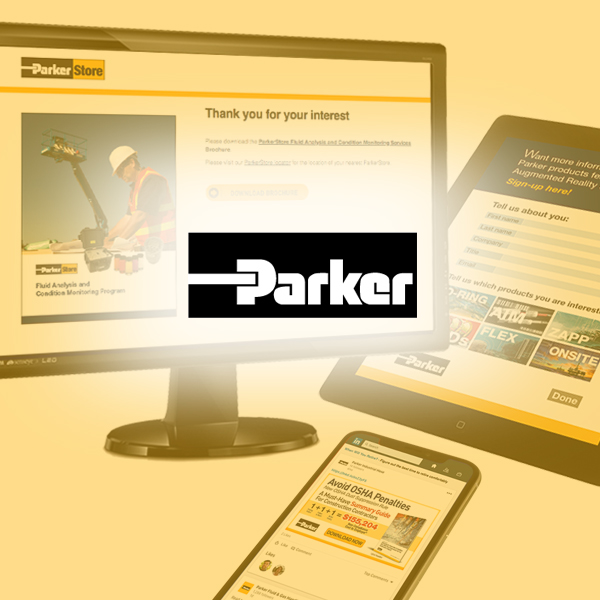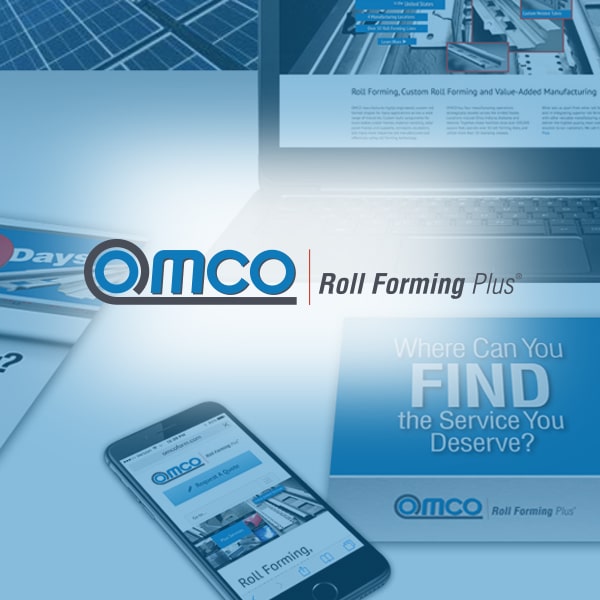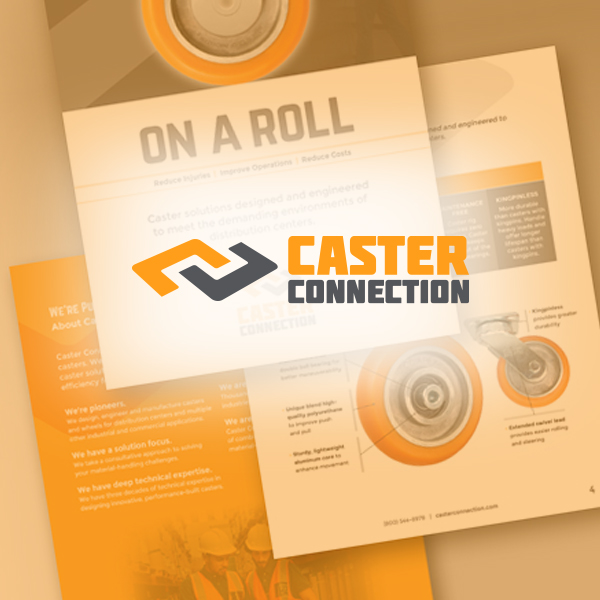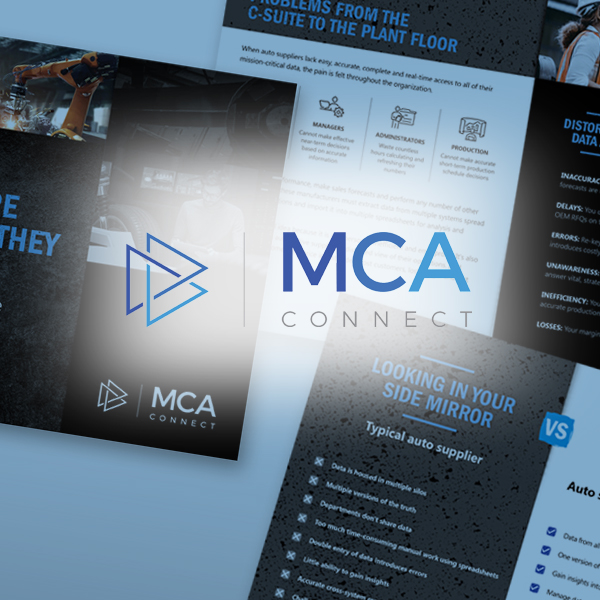Key Content Marketing Strategies Can Increase Your Website’s Ability to Lead Prospects Through the Sales Cycle
 Written by Dan Konstantinovsky
Written by Dan Konstantinovsky
Strategic Marketing, RH Blake
![]()
Potential buyers very quickly make judgment calls as to whether to continue on your site or take their search elsewhere. In fact, according to recent research, the human attention span now averages between eight and ten seconds.
Make sure your website is seen
transactions begin online.
Source: Accenture
Most buyers first turn to Google for their initial search for industrial or manufacturing products and services. To ensure that you rank highly among Google’s results, it’s imperative to apply SEO strategies to your website and content. This enables prospects to easily find and choose you.
When prospects visit your website, presumably the main repository of your content marketing, you must not only sustain their interest, but actively lead them to increasingly engage with your brand and ultimately become buyers. Following are strategies and techniques that can help elicit this result.
1. Maximize the “stickiness” of your site by eliminating content dead ends
What are dead ends? They include web pages and content that do not explicitly delight your reader or provide an opportunity to perform a logical next action. If readers have decided to visit your site, they have demonstrated a hunger for your particular information. The worst thing you can do is let them down with marketing content that is anemic…that doesn’t inspire them to learn more, engage more, rule out your competitors, and buy.
There are several ways to do away with dead ends on your website. These include:
- Developing customer personas,
- Categorizing your existing content to these specific personas,
- Developing content tracks or recommendations to usher readers through the sales funnel, and
- Intelligently implementing dynamic content such as video.
2. Develop customer personas
A customer persona is a snapshot of a target audience based on common traits that are validated by data. The goal here is to know your customers and sales prospects – to know who they are, what positions they hold in their organizations, how much they spend, and more – including how they buy and/or research purchases – then group them by common characteristics into distinct personas.
For example, some of your customers may buy after doing little research, because they are knowledgeable about the suppliers in their industry. Others may conduct more research, because they report to various organizational layers or other departments. Your marketing content must speak to both of those customer types at all points of the buying journey.
To know your customer means leveraging information that is available to you or through research you’ve conducted. Every time a customer buys or a prospect actively engages with your content, ask them for some additional lead information. This can be achieved through myriad data gathering methodologies. Exploiting existing research may also include Google Analytics reports.

One caveat about asking customers and prospects for information: Be transparent. Make it clear that the reason you are asking is to better serve them, not to use their data to sell ancillary information they did not request. Also, keep the ‘ask’ short and sweet. Research shows that over a third of buying prospects complain that marketers routinely ask for too much information[1].
3. Customize and personalize content
Once you know more about your customers and sales leads, you can customize and personalize your website content based on where they fall on their respective buying journeys.
- For those visitors who are researching products and services, provide content that is informative (that answers questions, satisfies curiosity and provides novel product/service insights).
- For visitors who are further along and are looking for reasons to buy, deliver content that is thought provoking (that demonstrates solutions and heightens buying considerations).
- For those who are ready to make a buying decision, effective content encourages action (by offering product/service comparisons, providing satisfied customer reviews and incentivizing the purchase).
Delivering relevant content based on what you know about your prospects and leads (their demographics, industries, locations, buying intent, the type of technology they purchase, etc.) represents a prime opportunity to convert potential visitors to loyal buyers.
4. Document and categorize your existing online content
To help identify evaluate content effectiveness, it helps to classify your existing marketing content not only by customer persona, but according to visitors’ current buying stages: stranger, visitor, lead, customer, promoter and brand ambassador. So, now in addition to delivering personalized content, you will be able to provide information that is explicitly designed to either attract, convert, close, or delight.

Taking an accounting of your existing content will also reveal those areas of the sales funnel where you have sufficient messaging, and where messaging still needs to be developed.
5. Provide content tracks and recommendations
A key to ultimately converting online visitors to productive buyers is to motivate them to engage with different types of your content. Provide reasons for them to consume more information. This can be achieved through content recommendations that offer visitors ‘the next best thing.’
- If a visitor clicks on a link for a particular product, the offered information should also include a link to view additional relevant information.
- If a lead is viewing one of your videos, an invitation to view other related videos should always be extended.
Source: pathfactory.com
Providing content tracks or paths helps empower your prospects by enabling them to self-select their additional content consumption along paths that you’ve curated…paths that help accelerate them through the sales cycle.
6. Motivate prospects to binge on your messaging
If prospects perceive you can provide a solution or help them solve a problem, they are more likely to binge on your web content – if given the opportunity. That ‘opportunity’ certainly involves offering personalized content and ongoing content recommendations/paths.
In fact, consumer data reveals that a prospect who shows signs of content binging is two times more likely to convert from being an MQL (Marketing Qualified Lead that must be nurtured further) to an SQL (Sales Qualified lead likely to buy)[2].
Source: Curata
7. Use video to its maximum effect
A full 60 percent of people who go online would rather watch a video than read[3]. That trend holds true for anyone – including cold and hot buying prospects – who turn to your website. In fact, using video on your site can elicit some profound results.
- 90% of users say that product videos are helpful in their decision process. (Source: Hubspot)
- After watching a video, 64% of users are more likely to buy a product online. (Source: Hubspot)
- Companies using video enjoy 41% more web traffic from search than non-users. (Source: SmallBizTrends)
Source: engineering.com
So, does this mean you should place videos everywhere on your site? In a word: No. Using video as marketing content must be done wisely. Here are some rules of thumb:
- Provide valuable content quickly. More than 20-30 percent of viewers will click away from a video in 10 seconds or less [4].
- Keep short videos to a minute or less. Most viewers drop off at the 60-second mark.• If you do have a long video, include something special around the 5-minute mark to help retain viewership.
There are several instances when using video represents the best way to market your content. Use videos to:
- Show off new products
- Notify customers of upcoming specials
- Welcome visitors to your website
- Introduce your executives and employees
- Communicate your company’s values and mission
- Demonstrate how to install and use your product
- Create a series focusing on different search terms or customer personas
- Include promo codes to reward viewers and motivate buying behavior
Imagine having the power to not only boost awareness of your organization’s brand, products and services – but better engage, lead and convert online prospects. This is the power that can be realized by applying these and other smart content marketing strategies to your website.
Sources:[1] emarketer.com[2] pathfactory.com[3] Forbes Insights[4] Ad Age

Some common dead ends
- When a prospect downloads content you’ve generated – an ebook, whitepaper, etc. – and receives only that asset. You’ve missed an opportunity to provide other content that may be helpful.
- When there are only static images of products on your website. (Why not make the images interactive and provide an opportunity to learn or view similar products.)
- When a downloadable sales sheet stops short. (You could provide other information to nurture the lead – perhaps an invitation to a relevant webinar or product demonstration.)
- A website that contains no case studies. (Showing the capabilities of your products and services to solve your customer’s real-world problems is perhaps the most powerful testimony.)
- Poorly thought-out and produced videos. (The best videos strategically sustain viewer attention and provide a strong call-to-action to either buy or view related messaging.)

"You guys met our expectations in every way. It [RH Blake Market Research] was the information we were looking for. Congratulations and Thank You!"
 Scott Griggs
Scott Griggs
Director of Services for Food Manufacturing and Food Service
ALS Global

"“I’ve gotten all that I’d hoped for from the RH Blake Growth Roadmap™ and more. Based on the research and insights, we adjusted our offering scope and sales approach. And this adjustment has been effective at generating new opportunities."
 Diane Reko
Diane Reko
President
REKO International

"RH Blake has been an outstanding partner. They deliver creativity, on time, and always so professional. We love working with them because of their perspective, support, and their efficiency in turning projects around quickly."
 Samantha Spano
Samantha Spano
Digital Product Marketing & Communications Manager
Industrial Automation Energy Industries
ABB
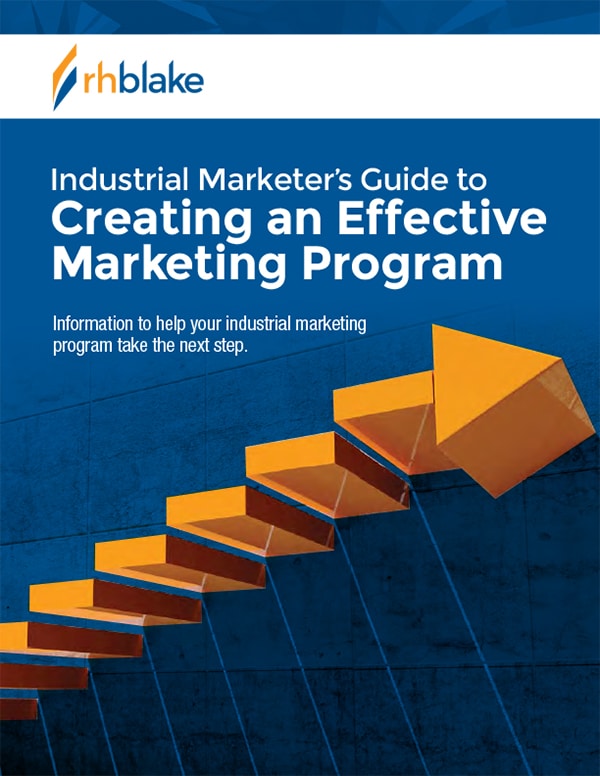
Industrial Marketer’s Guide to Creating an Effective Marketing Program
147 pages of actionable ideas to help you create a winning marketing strategy and program

Industrial Marketer’s Guide to Creating an Effective Marketing Program
147 pages of actionable ideas to help you create a winning marketing strategy and program
Related Clients


